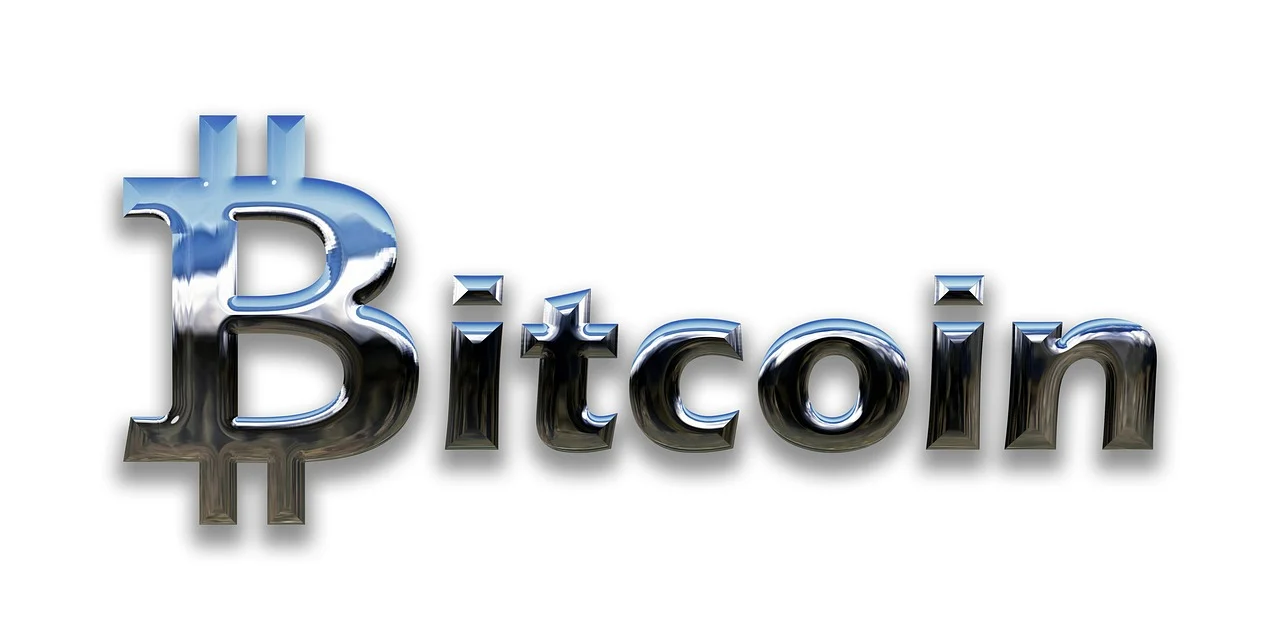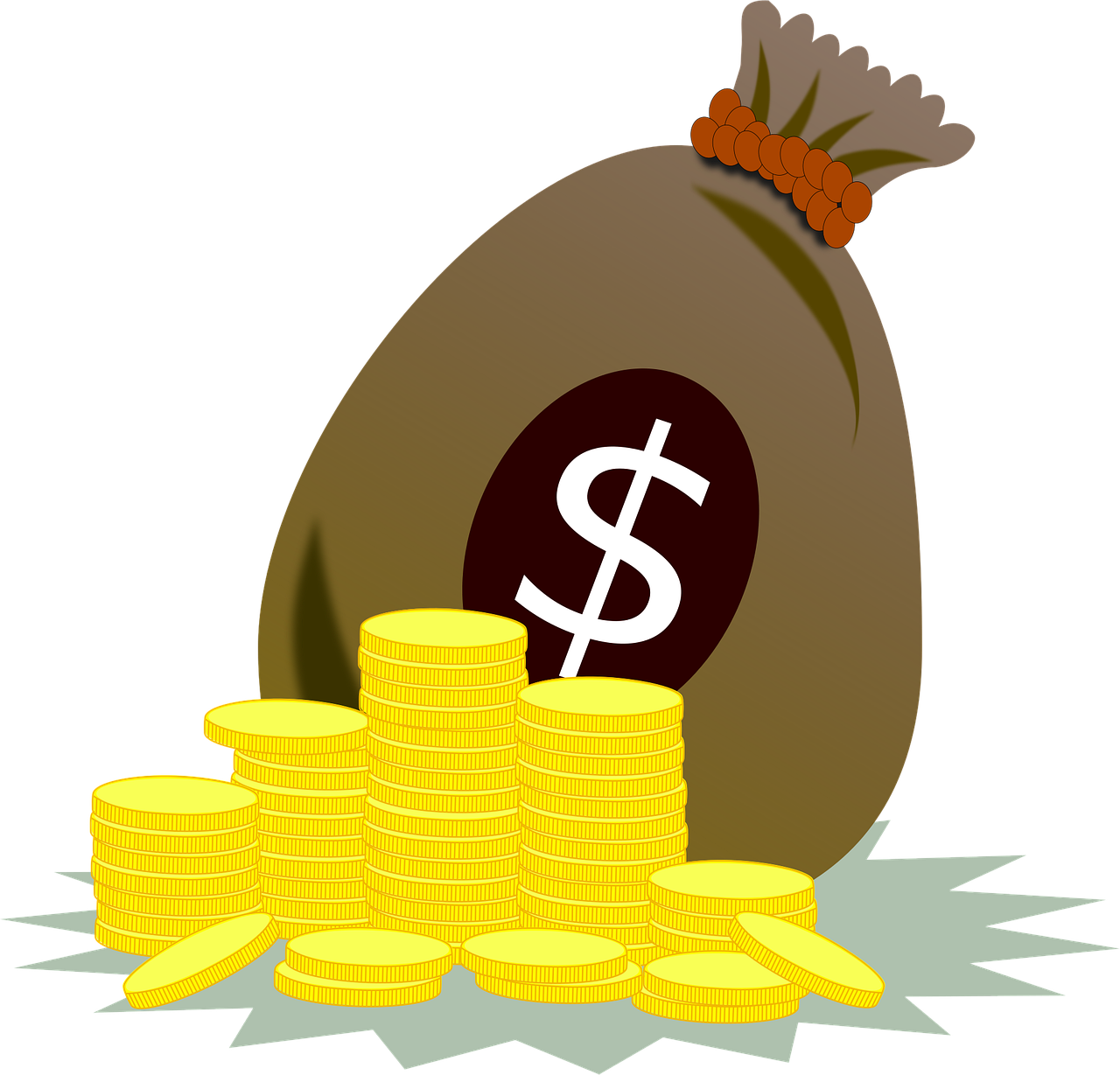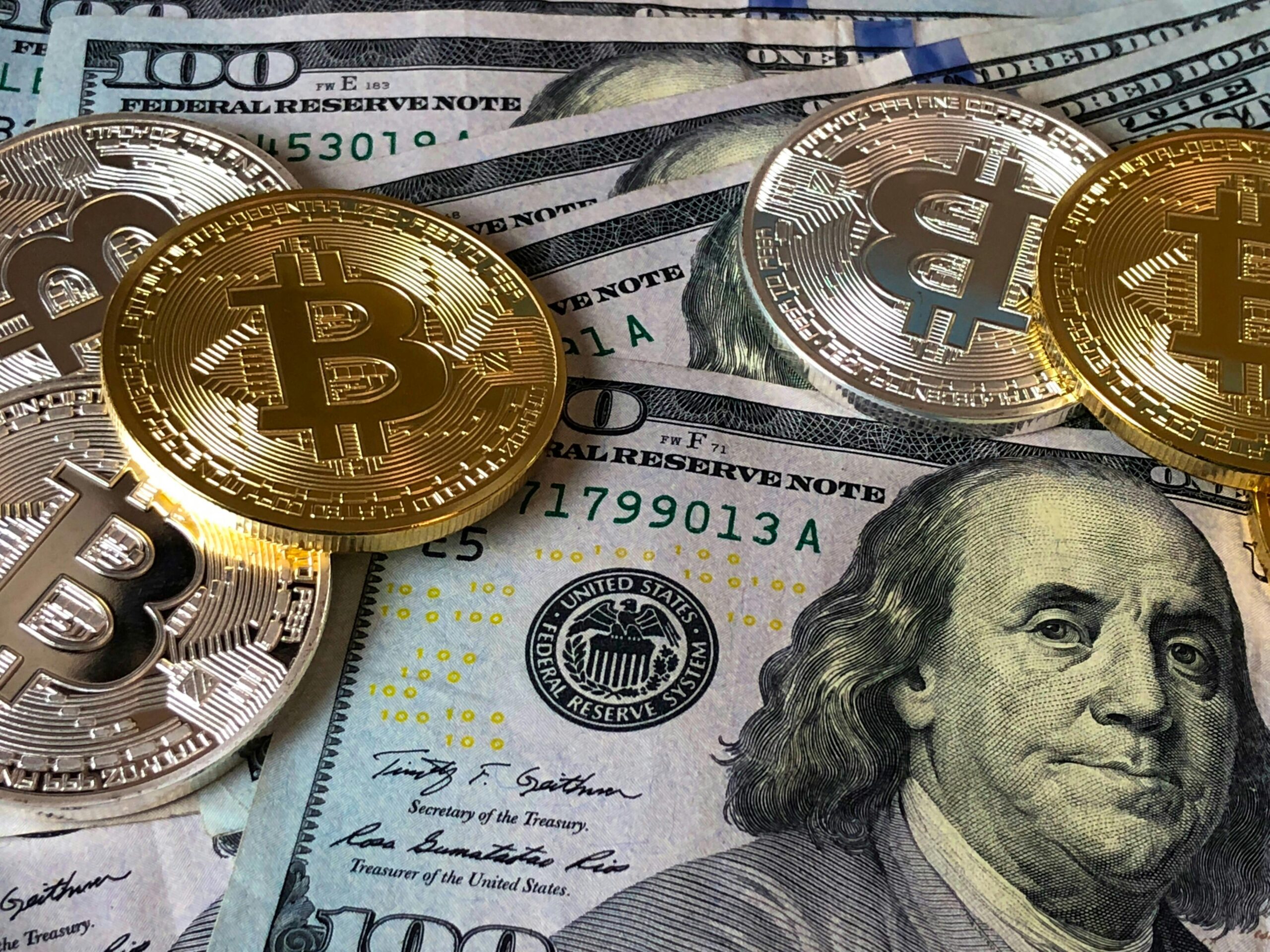
Currency converter
Currency Converter lets you view the most recent foreign exchange average bid and ask rates and convert between all major global currencies. OANDA Rates™ are compiled from top market data providers.
To use OANDA’s free currency conversion tool, enter the currency name, its 3-letter ISO code, Currency converter or the country name in the appropriate field to select your currency. You can convert between global currencies, precious metals, or even discontinued currencies. Historical exchange rates are also available, going back to January 1990.
Read more about Students seeking profitable skills
Read more about Currency Converter
Currency exchange
In finance, an exchange rate represents the price at which one currency can be swapped for another. Most commonly, these currencies are national,Currency converter though they can also be sub-national, such as in Hong Kong, or supra-national, like the euro.
An exchange rate can also be viewed as the worth of one country’s currency compared to another. For instance, if the interbank rate is 141 Japanese yen per US dollar, it indicates that ¥141 can be exchanged for US$1, or conversely, US$1 can be traded for ¥141. In this scenario, one could say the cost of a dollar in terms of yen is ¥141, or that the value of a yen in terms of dollars is $1/141.
Currency exchange nearme
You can conveniently buy or exchange money from many countries at your nearby Zions Bank branch. With simple ordering and competitive rates,Currency converter we can help you get ready for your vacation or business journey. Take care of it before you go so you’ll have cash for tips, meals, and transportation when you arrive.
The currency exchange rate and the resulting amount are provided for reference only and include the bank fee you specified. Your bank may not necessarily use Mastercard’s conversion rates for billing and could charge additional fees for foreign currency transactions. Exchange rates depend on the date and time your bank authorizes the transaction, which typically happens at the point of purchase or interaction. If Mastercard cannot apply its exchange rate at the time of authorization, it will use the rate in effect when the transaction is processed.
Currency
A currency is a standardized form of money used as a medium of exchange, such as coins and banknotes. More broadly, it can be defined as a monetary system commonly used within a particular context over time, especially within a nation. Examples of government-issued fiat currencies under this definition include the Pound sterling (£), the euro (€), the Japanese yen (¥), and the U.S. dollar (US$).
Currencies can also serve as stores of value and are traded in international foreign exchange markets, which establish the relative worth of different currencies. The choice of currency may be made by its users or mandated by governments, and each type typically has restricted areas of acceptance; for instance, legal tender laws may require certain units for payments to government entities.
Chinese currency
As the Chinese Communist Party expanded its control over more regions during the later stages of the Chinese Civil War, the People’s Bank of China began issuing a standardized currency in 1948 for areas under Communist control. Also denominated in yuan, this currency went by several names over time, including “People’s Bank of China banknotes” (simplified Chinese: 中国人民银行钞票; traditional Chinese: 中國人民銀行鈔票; starting November 1948), “New Currency” (新币; 新幣; starting December 1948), “People’s Bank of China notes” (中国人民银行券; 中國人民銀行券; starting January 1949), the abbreviated “People’s Notes” (人民券), and eventually “People’s Currency,” or “renminbi,” beginning in June 1949.
In the early 2020s, China introduced the digital renminbi, also called the digital yuan or e-CNY, a central bank digital currency (CBDC) developed by the People’s Bank of China. Pilot programs began in 2020 in cities including Shenzhen, Suzhou, and Chengdu. By 2023, e-CNY had been adopted in various areas such as public transit, government aid programs, retail payments, and cross-border trials. The digital yuan aims to strengthen the payment system, provide an alternative to private payment platforms like Alipay and WeChat Pay, and promote broader financial inclusion.
Bries currency
The BRICS countries continued talks about launching a possible gold-backed currency, referred to as the “Unit,” intended as an alternative to the US dollar. During the summit, Russian President Vladimir Putin appeared on stage displaying what looked like a prototype BRICS banknote. However, he seemed to soften his previous strong stance on de-dollarization, emphasizing that BRICS members are not aiming to abandon the US dollar-dominated SWIFT system, but rather want to prevent the “weaponization” of the dollar by creating alternative mechanisms for conducting financial transactions in local currencies between BRICS nations and their trading partners.
A potential BRICS currency could enable these countries to strengthen their economic sovereignty while challenging the current global financial system. Presently, the system is largely controlled by the US dollar, which makes up roughly 90 percent of global currency trading. Until recently, almost all oil transactions were carried out in US dollars; however, in 2023, around 20 percent of oil trades were reportedly settled in currencies other than the dollar.
Currency conversion
Market conventions dictate how the fixed and variable currencies are represented in a quotation. For instance, in a EUR to AUD conversion, the euro serves as the fixed currency, while the Australian dollar is the variable currency, and the rate shows how many Australian dollars are received or paid for one euro.
In certain parts of Europe and in the UK retail market, the convention is reversed, so GBP is treated as the fixed currency against the euro. When neither currency is included in the standard list (i.e., both are classified as “other”), the fixed currency is usually chosen so that the exchange rate exceeds 1.000. This approach minimizes rounding errors and avoids the need for many decimal places. There are exceptions, such as in Japan, where the yen is often quoted as the base currency against others.
Korean currency
The Korean won, Chinese yuan, and Japanese yen all trace their origins to the Spanish-American silver dollar, a coin that played a major role in international trade between Asia and the Americas from the 16th to 19th centuries.During Japan’s colonial rule over Korea (1910–1945), the won was replaced by the Korean yen, which was equal in value to the Japanese yen.
Following the end of World War II in 1945, Korea was split into two separate regions, each introducing its own version of the won, replacing the yen at an equal rate. The first South Korean won was divided into 100 jeon.Initially, the South Korean won had a fixed exchange rate against the U.S. dollar at 15 won per dollar. Over time, it underwent several devaluations, some of which were partly a consequence of the Korean War (1950–1953).
Sol currency
The sol took the place of the Peruvian inti in 1991, and its name revives that of Peru’s historic monetary unit, as an earlier version of the sol was used from 1863 to 1985. While the term sol in this context comes from the Latin solidus (meaning “solid”), it also translates to “sun” in Spanish. This creates a link to the old Peruvian inti, which was named after Inti, the Incan Sun God.
When it was first introduced in 1991, the currency was officially called nuevo sol (“new sol”), until November 13, 2015, when Peru’s Congress passed a law to shorten the name to simply sol.
Crypto currency
A cryptocurrency is a type of digital money, serving as an alternative method of payment and built with cryptographic algorithms. Thanks to these encryption techniques, cryptocurrencies act both as a medium of exchange and as a digital ledger system. To access and use cryptocurrencies, a digital wallet designed for cryptocurrencies is required.
Bitcoin was the first cryptocurrency, introduced as open-source software in 2009. By June 2023, over 25,000 other cryptocurrencies had entered the market, with more than 40 having a market capitalization above $1 billion. By April 2025, the total value of the cryptocurrency market was estimated to have reached $2.76 trillion.




